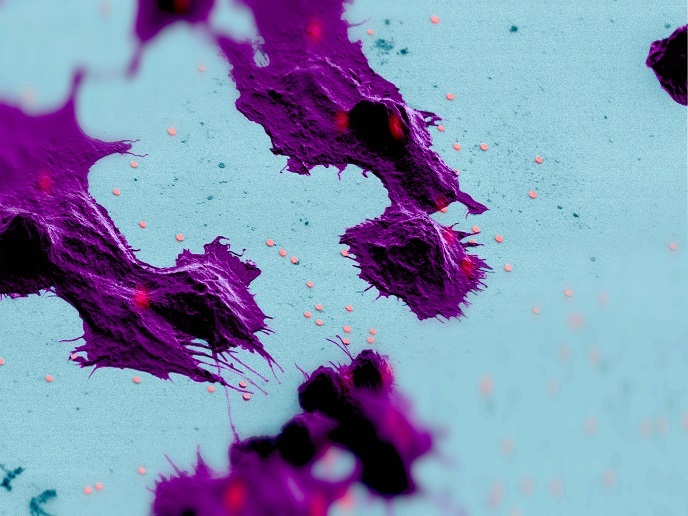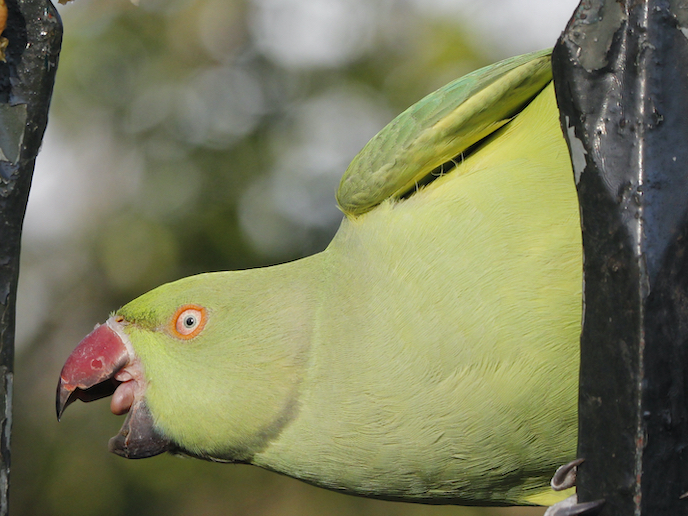Exploring the neurochemical underpinnings of nest building
Nest building (NB) by birds is a remarkable behaviour that is still not completely understood. Yet it’s clearly more than just impressive to us: ‘good’ nest building is linked to successful reproduction for most birds. Previous research has shown that as nest complexity increases, so too does the shape of the cerebellum, a small strip of grey matter at the back of the brain. However, the exact relationship between neurobiology and building behaviour remains elusive, as does our understanding of hormonal influences on NB. “My group has shown that the size and degree of cerebellum folding is correlated with complexity of the nest that species build,” explains Susan Healy(opens in new window), director of the Centre for Biological Diversity at the University of St Andrews and NEURONESt project coordinator. In the EU-funded NEURONESt project, undertaken with the support of the Marie Skłodowska-Curie Actions(opens in new window) programme, Healy and her team began to unpick more of the links between the bird brain and NB. They focused on where in the brain activity occurs when building is happening, whether this is sex-dependent, and what role hormones play. “The sex dependence is our main focus,” Healy says. “It is not clear how hormones regulate nest building.”
Manipulating sex hormones
The researchers put zebra finches into 32 breeding pairs – which implicitly manipulated their hormones – and took blood samples at different stages from courtship through to the end of NB. Courtship induced increases in testosterone that lasts through NB. “The most important outcome of the project is our finding that testosterone, the hormone that underpins male courtship and territorial defence, remains high in male zebra finches until the end of building,” remarks Healy. “This suggests it is required both to stimulate and to maintain building in males only. In species in which the female is the builder, we might expect oestrogen in some form to follow a similar time course.”
Problem-solving and tool use
Through the project, the team also gathered data on zebra finches’ ability to solve problems, which could be related to NB. The birds had to either open containers, or pull on sticks to obtain food. The data is still being analysed, but it will allow the researchers to examine how NB and problem-solving (as a proxy of tool use) might be related. “Researchers working on tool use suggest that nest building is a completely different behaviour, in spite of multiple apparent similarities, such as material choice and manipulation,” says Healy. “One of our questions is whether nest building experience affects a bird’s ability to solve other physical problems.”
Environmental pollutants
The team’s research could also help to uncover some of the links between environmental pollutants and brain function in birds, and how this affects their reproduction and fitness. “We now have a grant with which we plan to manipulate sex steroids to see their effect on nest building,” notes Healy. “These data will give us some insight into the possible role that environmental pollutants might play in this key part of avian reproduction.” Healy’s lab will also investigate several other aspects, including: how hormones determine the identity of a nest builder; the energetics of NB; and whether in some species, building behaviour and the structures that birds build are the product of cultural transmission.







